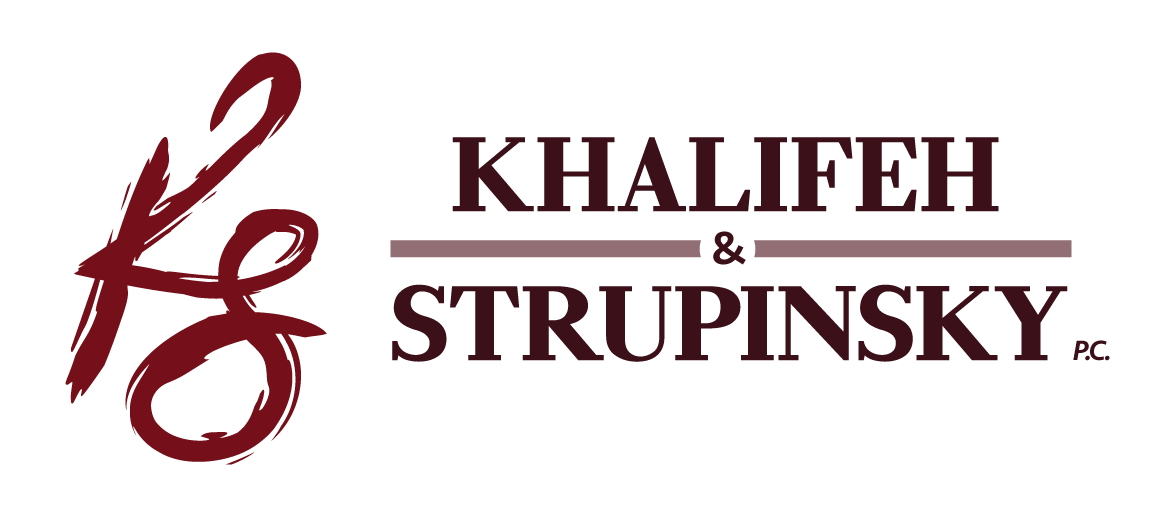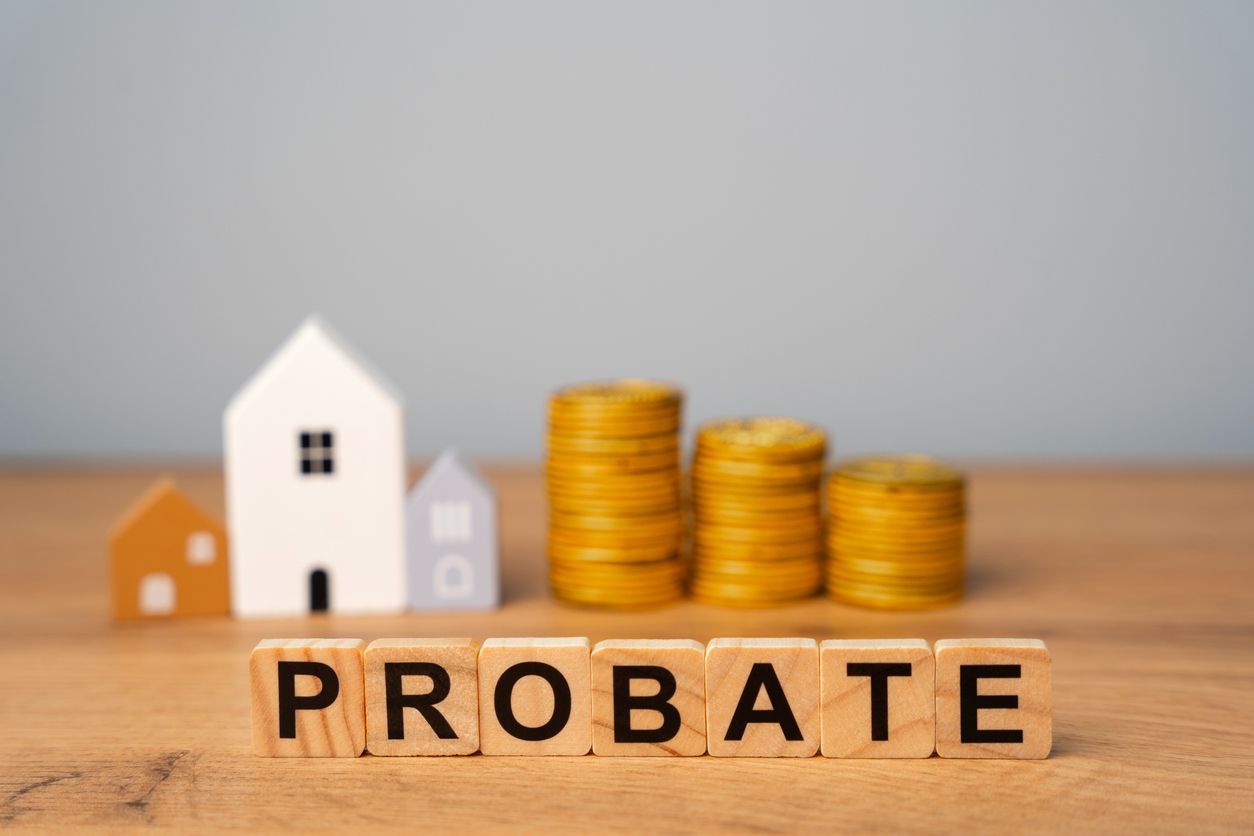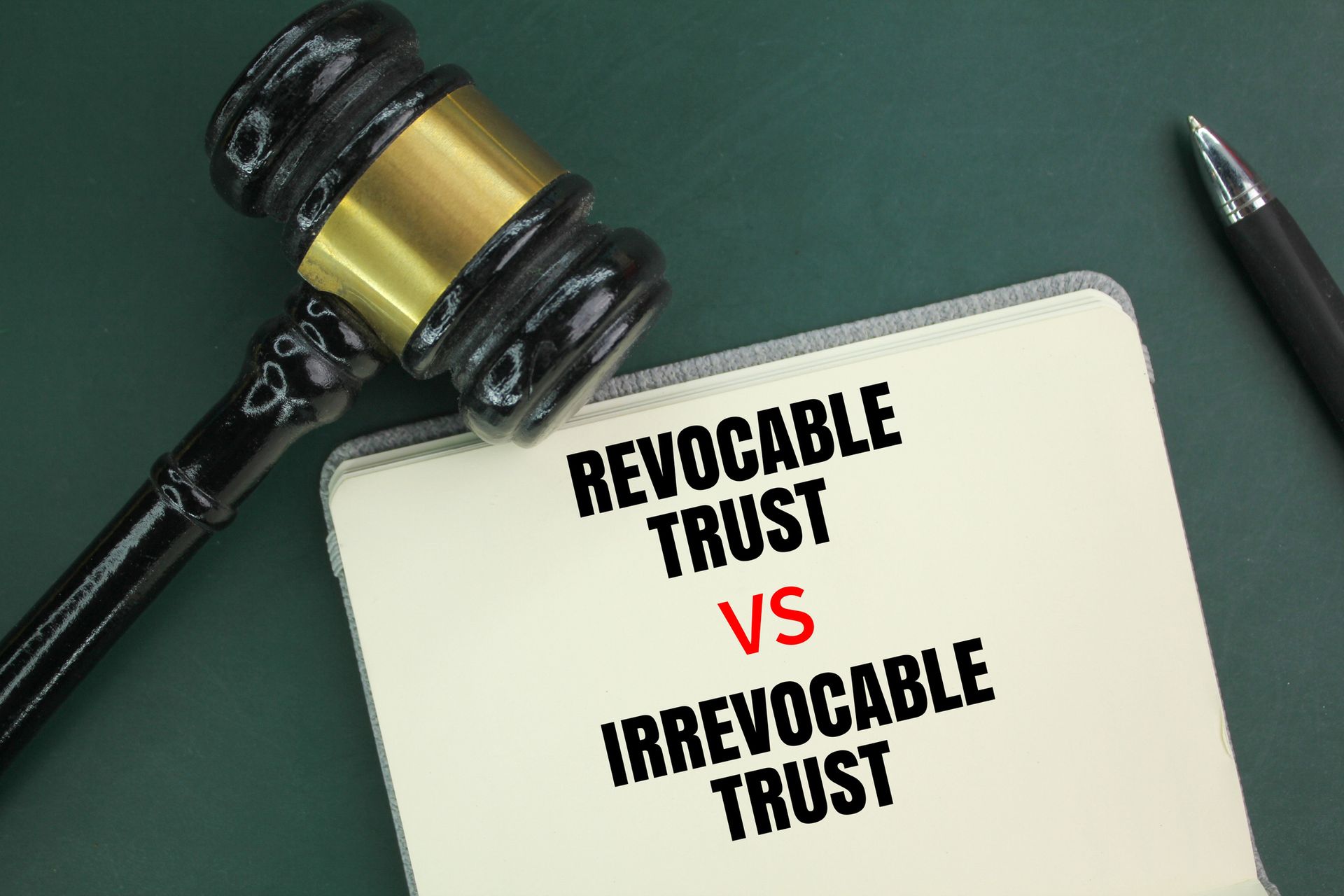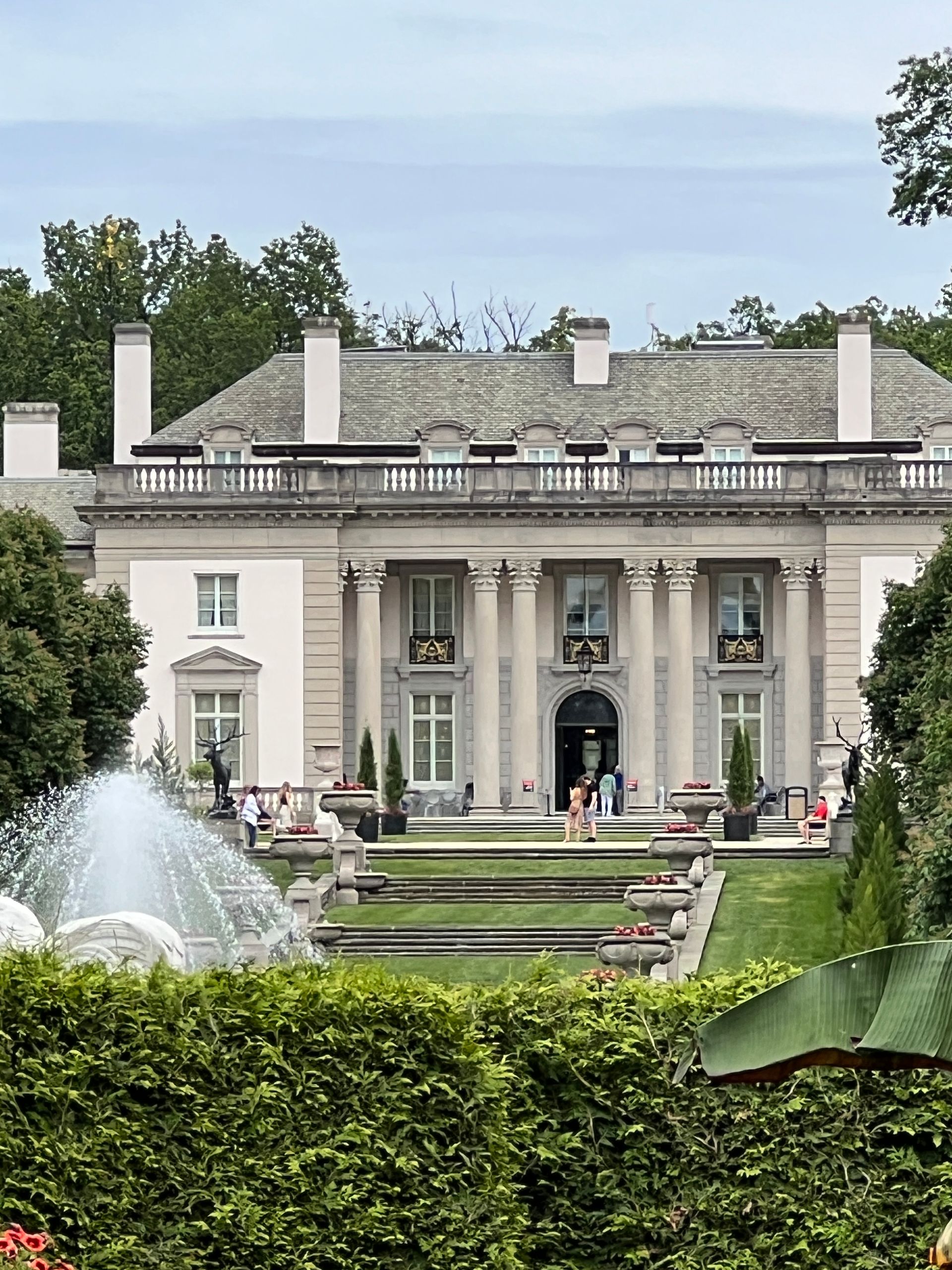Is AI (or IA) Fair Use? More Thoughts…
In 2020, four publishers sued nonprofit organization, Internet Archive (IA), for copyright infringement after IA digitized over 100 print books and distributed them without permission from the publishers or authors. Last year, the court ruled that this did not constitute fair use. The decision was based largely on the precedent set in Andy Warhol Foundation v. Goldsmith (2023), which held that the purpose of a derivative work must be transformative for it to be protected by the first factor (of the bespoke four-factor test for fair use, "the purpose and character of the work"). In this case, the purpose of making digitized copies was the same as the purpose for the original books: to make an author's work available to consumers. Incidentally, the purpose of Warhol's use was "to make art," same as the original photograph, thus not fair. This matter was always frustrating in terms of whether the purpose, or the art itself, was "transformative." After Warhol, the answer, which freed Courts from having to decide what art is, has been -- the purpose, the intent.
Additionally, the free archive was determined to cause market harm to the originals. Why would consumers pay licensing fees to publishers if they could access the same books for free online? While the short term effects of a free archive seem favorable to consumers, in the long term, this can harm society by hindering authors' incentive to make original works. It is this very concern that underlies copyright law. Creators are given economic incentive to create, and society benefits from the artistic or scientific progress these creations yield. An action that undermines this fundamental goal is not lawful.
Interestingly, the decision reached in Hachette was very different from those reached a year later in Bartz v. Anthropic and Kadrey v. Meta (for more information check out this blog post). In both those cases, the use of books to train AI models was considered transformative enough to count as fair use. But are these situations all that different?
AI models go a step or two further. They use ("read"?) digital copies of copyrighted works to ultimately generate their own text. In this sense, the purpose is the same, but framed differently, AI trains itself, in order to learn and comprehend, perhaps reason and act, to be very intelligent and generative. You can see how it is much easier to call something transformative by looking at the product, not the intent, so in that sense, the law is unsettled, or open to interpretation.
Overall, it seems that the proliferation of generative AI could have a demotivating effect on creators. Does the economic incentive of copyrighting original work outweigh the ease and convenience of using AI? There is evidence that for some, it may not. In universities, students complete AI disclosures and in some creative publications, contributors sign AI agreements, alleging not to have used AI in their work. These measures exist because of the threat that AI poses to human originality.
In the context of AI, the question of fair use in cases like Warhol, Hachette, Bartz, and Kadrey really becomes an exercise in defining authorship, progress, and public benefit. Is progress driven by technological advances in AI, or original human artistic achievement? Can fair use accommodate both? What public is benefiting from this progress, and how?

